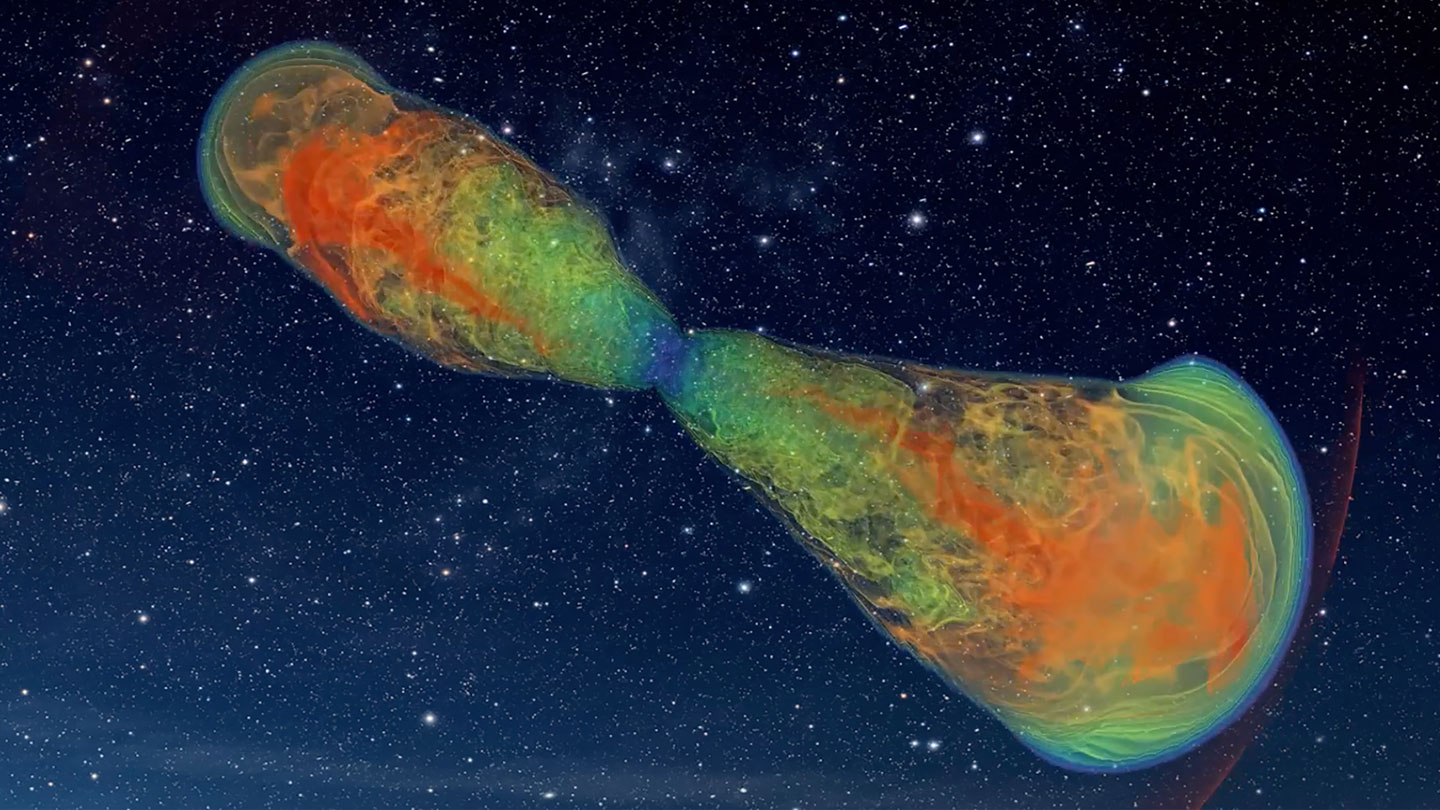Cocoons of debris around dying stars could shake ripples in spacetime unlike any astronomers have ever seen.
The waves could potentially be picked up in the latest run of LIGO, which began on May 24.
Since LIGO’s first detection in 2015, all the gravitational waves seen thus far have been from the spiraling death dance of two compact objects — black holes, neutron stars or both (SN: 2/11/16). These events give off what are called coherent gravitational waves. “You can think of it as an orchestra playing harmonically,” Gottlieb said.
A second type, incoherent waves, are expected to come from stellar explosions like supernovas (SN: 5/6/19). Because those bursts are spherically symmetrical and relatively slow, their waves are difficult for LIGO to detect. They’re more analogous to individual instruments playing different songs at the same time.
2023-06-07 06:00:00
Post from www.sciencenews.org
